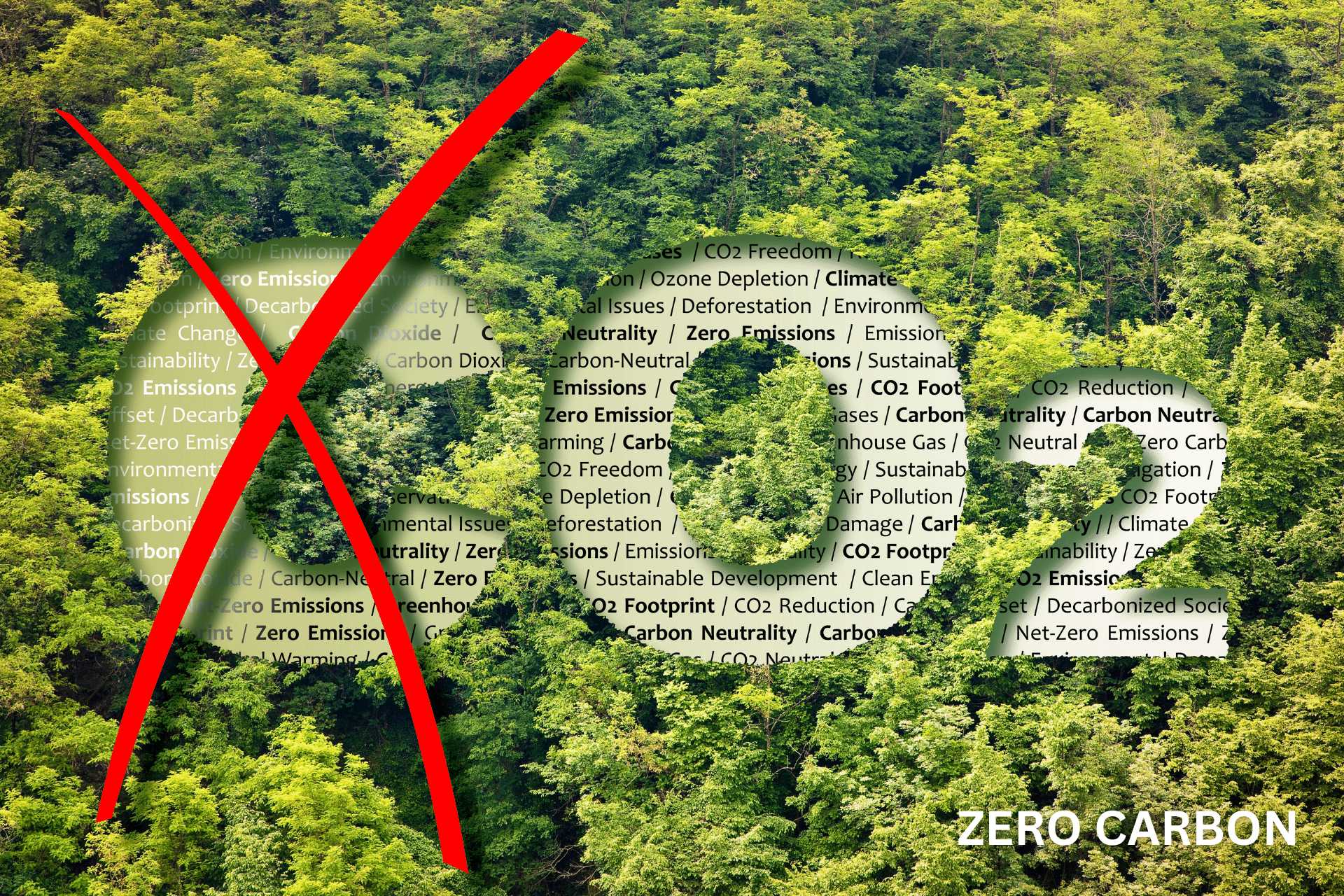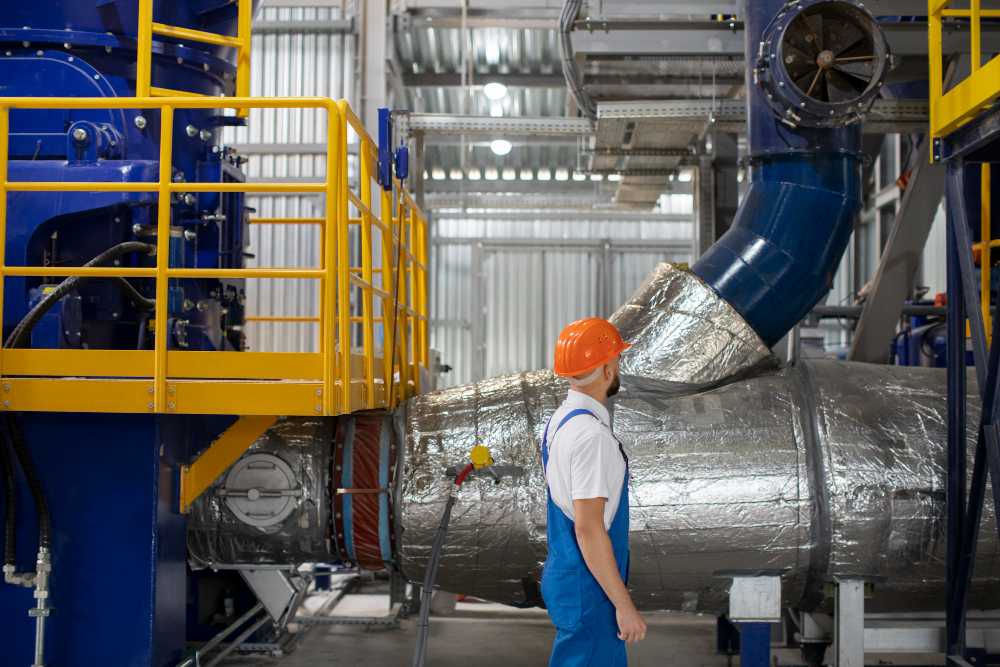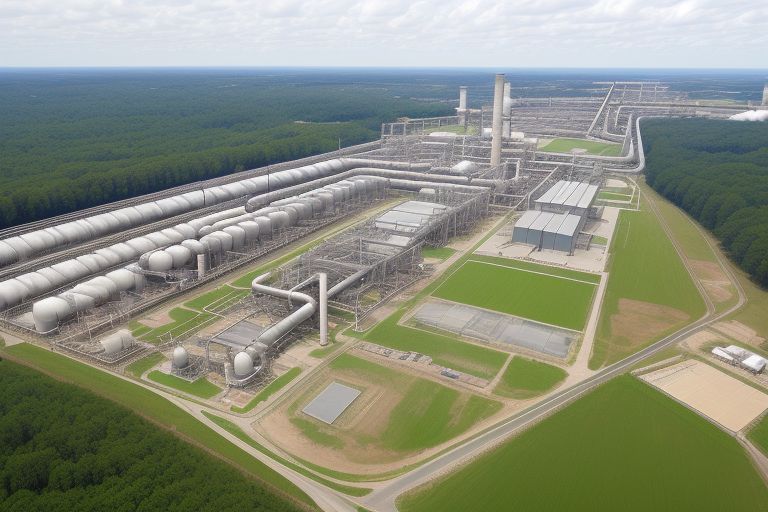Carbon Reduce
- Home
- Carbon Reduce
What is a carbon footprint?
When we burn fuel, it emits greenhouse gases such as carbon dioxide, methane, nitrous oxide, and fluorinated gases. To simplify comparison, we measure all these gases as CO2 equivalent, forming part of our Ecological Footprint, specifically our carbon footprint.
The carbon footprint represents the total amount of greenhouse gases released into the atmosphere due to the activities of an individual, organization, or community. Taking steps to reduce it is a crucial action for preserving our environment. Let’s explore this list of ways to reduce your carbon footprint and make a positive impact on our planet.
Reuse the past,
Recyle the present,
save the future

About us
How can we Reduce Our Carbon Footprint
If we were to cease carbon production tomorrow, would the climate revert to the cooler, calmer atmosphere of pre-Industrial Revolution times? Not exactly. The climate would continue changing, and temperatures would remain high for many centuries to come. Not an ideal scenario.
For years, we’ve been told that reducing greenhouse gas emissions is the key to combating climate change. However, even significant cuts wouldn’t immediately halt global warming.
The primary culprit behind Earth’s rising temperatures is CO2 molecules, which linger in the atmosphere for an extended period, contributing to over 80% of global warming. Almost everything we do, from driving cars to purchasing groceries, emits some level of carbon emissions. So, how can we lessen this impact? There are various steps we can take to reduce our carbon footprint. Let’s work together to make a difference!
Overview
How to Reduce carbon
Scroll down to learn more about how to reduce your carbon footprint. Sustainability is no longer about doing less harm. its about doing more good.


Biofuel Production
Converting organic materials such as agricultural residues, food waste, and algae into biofuels like biodiesel and bioethanol reduces reliance on fossil fuels and lowers carbon emissions.

Waste-to-Energy Conversion
Utilizing advanced technologies to convert non-recyclable waste materials into energy, such as heat and electricity, minimizes landfill usage and reduces greenhouse gas emissions.

Carbon Capture and Storage
Implementing CCS technologies to capture carbon dioxide emissions from industrial processes, such as power plants, and storing them underground prevents CO2 from entering the atmosphere, thus reducing carbon footprints.

Hydrothermal Liquefaction
Using HTL processes to convert organic waste, including sewage sludge and agricultural residues, into biofuels and other valuable products, offers a sustainable alternative to traditional fossil fuels, contributing to carbon footprint reduction.
Free Consultation If You Want Build New Project With Us
Elevate your environmental initiatives with our innovative technology. Schedule a free consultation today and let’s work together to create a greener, more sustainable future.

